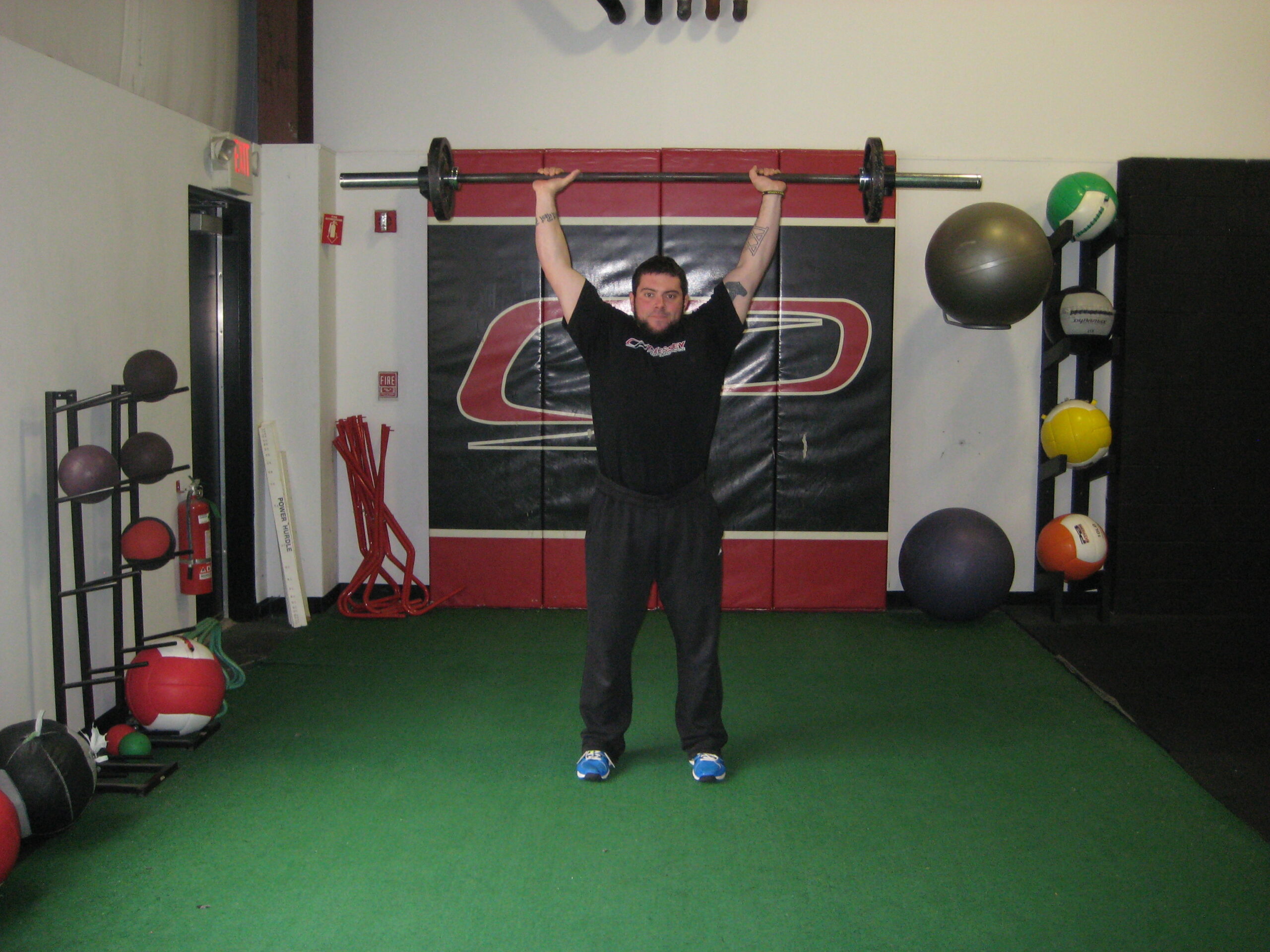
5 Ways You’ve Never Used a Barbell
Today’s guest post comes from Cressey Sports Performance coach, Greg Robins.
Hi, my name is Greg, and I have a problem.
I love the barbell.
In fact, I would be perfectly happy just training with the bar, a rack, a bench, and some plates. Call me crazy, but every exercise that has ever made a serious impact on my physique and strength levels involved the barbell.
To be honest, most people don’t use the bar enough. It’s not surprising, given the state of a typical “gym” these days. For every three or four bars, there must be a few hundred other pieces of equipment.
I continually challenge people to use the bar more often. Usually, my advice centers on doing more variations of the basic lifts. For me, the staple lifts never get old. However, I know plenty of people who thrive on variety in their training. With that in mind, here are five lesser-used exercises that include the barbell.
1. Barbell Rollouts
Rollouts are a great exercise, but not everyone has a wheel or other fancy implement. Not a problem! In fact, using a barbell is just as effective, if not more effective.
One benefit is that you can make the bar heavier or lighter. This may seem like a trivial difference, since the bar stays on the floor. However, you will notice that a 185-pound bar is a heck of a lot harder to pull back to the starting position. This will make your lats work harder, and tax your core. The best part? It makes your lats and abs work together, as they should!
)
2. 1-arm Barbell Rows
Heavy rowing should be a staple in most people’s programs, especially those of you who want to move some appreciable weight in the gym. This variation is a serious grip challenge. It’s also a great way to load up past what the gym offers in DBs; just use a strap so you can hold on. However you choose to do it, the basic premise is simple: perform a row in the same fashion as 1-arm DB row. In this case, keep the barbell between your legs, and make sure to use 10- and 25-pound plates so you can keep a decent range of motion.
3. Weighted Carries
Most folks look immediately to farmer’s handles, DBs, and KBs to do weighted carries. That’s all well and good, but the barbell lends itself very well to a few loaded carries as well. Among my favorites are a barbell overhead carry, a barbell zercher carry, and a 1-arm barbell suitcase carry.
Each offers a totally different advantage. Overhead helps people work anti-extension properties in full shoulder flexion. The Zercher carry is great as an anti-extension exercise as well, and a better choice for those who can’t get overhead safely. Lastly, the suitcase carry trains core stability in virtually every plane, and even challenges the grip quite a bit.
4. Self Massage
Forgot your PVC pipe? No worries! The barbell with a small plates on each hand can make for a roller as well. It’s not for the more tender individuals, but works perfectly fine for people who have a longer history doing self-massage.
I also like the fact that the bar is much thinner than a roller, putting more direct pressure on the areas of interest. Try this baby out on your lower extremities and lats next time you hit the gym.
5. 1-arm Overhead Exercises
I’ve written previously about the benefits of bottoms-up KB exercises. They create a lot more need for shoulder stability, and tax the grip. However, the barbell can offer a similar benefit.
Since the bulk of the weight is now further from your hand, the forearm and shoulder demands increase BIG time.
It’s a great challenge on 1-arm shoulder presses, as well as Turkish Get Ups. Don’t believe me? Give it a try.
If you’ve been hunting down some new physical challenges in the gym, these should definitely get you moving. Train hard and use the barbell!
Greg will be presenting his popular “Optimizing the Big 3” training workshop at Cressey Sports Performance in Massachusetts on August 2. This event is a great fit for lifters who have an interest in improving the squat, bench press, and deadlift – and may want to powerlift competitively. And, it’s also been very popular with strength and conditioning professionals. For more information, click here.









